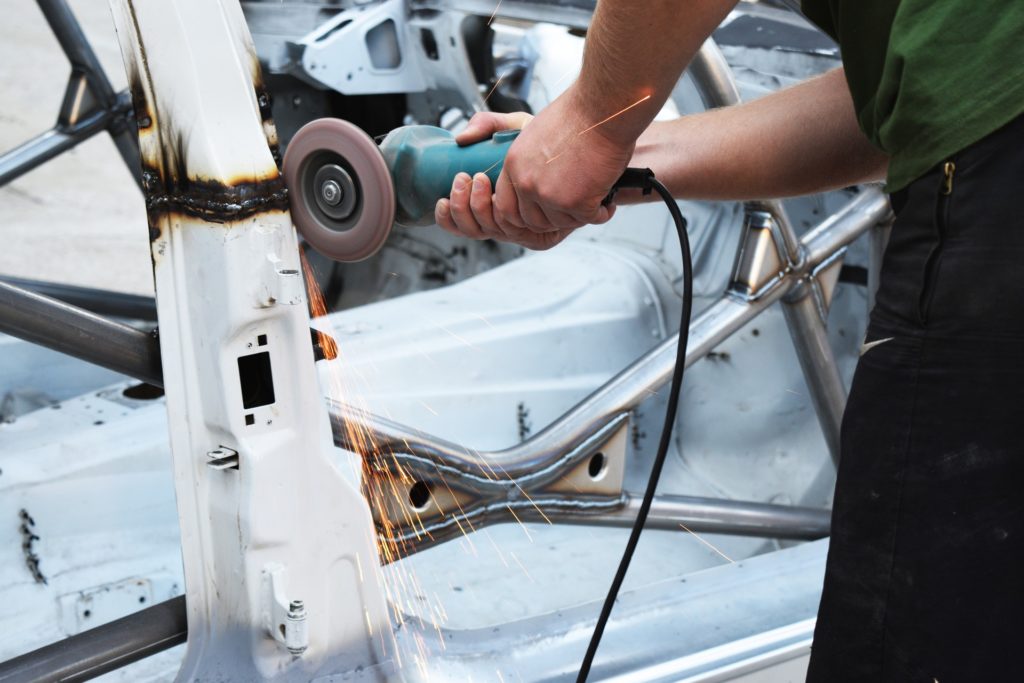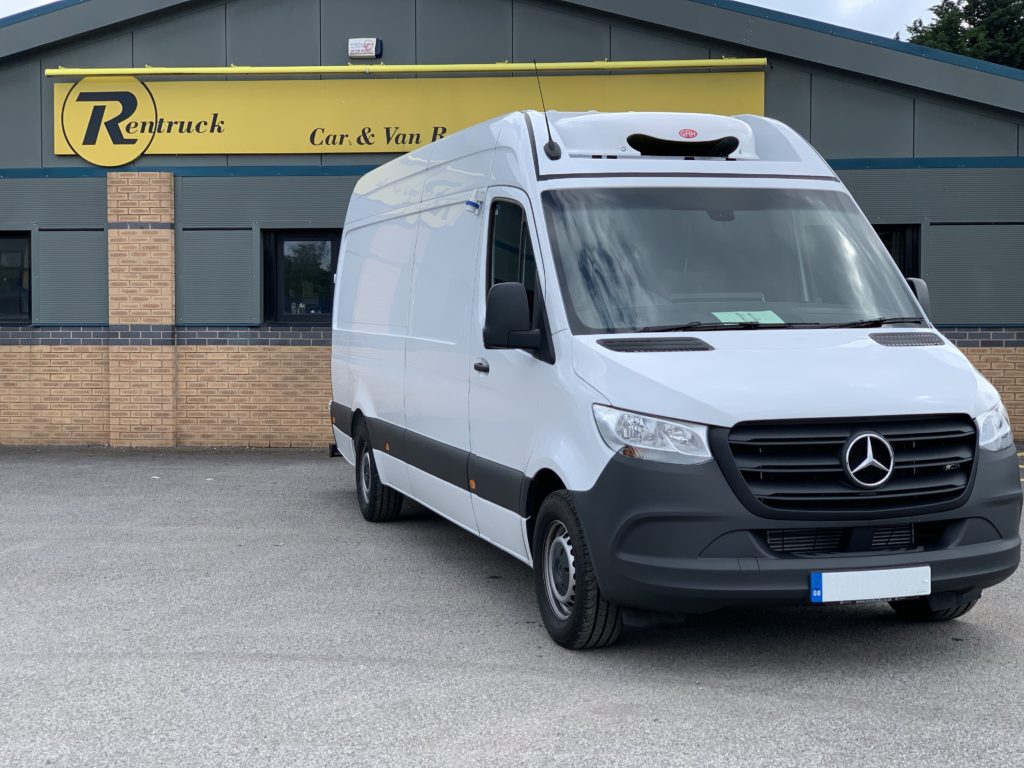Refrigerated vans are very complex specialist machines that provide an essential service in the transport of perishable goods and vital medicines. These vehicles make a considerable impact on most people’s lives, but due to their background nature not many people pay them much mind. Well here at Cool Running Rental we want to change that, and so today we will be looking at exactly how these modern machines are born.
What is a refrigerated van?
Before we get started, let’s look at what actually makes up a refrigerated van. We actually have a whole other blog on this, which you can read here, but we’ll discuss the short version here.
A refrigerated vehicle can be any class of vehicle; be it van, lorry or train car, that has been adapted to have a temperature controlled storage compartment and an onboard refrigeration unit. What this means is that you have a way to move goods that need to stay cold in one self contained vehicle.
How do they actually work?
To understand the process of converting a refrigerated van, we need to know what actually goes into one. In essence, they work exactly like a household fridge. The biggest element of any temperature controlled vehicle is the insulation, which allows you to maintain a constant temperature inside regardless of the temperature outside. In theory a well insulated van should be able to easily transport ice over a relatively long distance without it melting as the insulation should keep heat from getting in.

The second key part of a refrigerated vehicle is the refrigerator itself. This operates by circulating a coolant fluid through the inside atmosphere of the vehicle, collecting any heat (this part is called the condenser), and then transporting this heat outside of the vehicle via the evaporator, before recirculating the coolant back inside to repeat the process. What this creates is a one way cycle for the heat to leave the vehicle without being able to get back in. This, combined with the insulation effect in the storage compartment means that the temperature will only go down as the system is active, and is how we have refrigerated vehicles!
So how are they actually made?
Most refrigerated vans actually start out life as regular transit vans, and are converted to the specialist role later on, and this is what we are going to discuss today.
Preparation and unit installation
Before anything can be added to the van, it needs to be stripped back to its bare bones. This means removing all internal panels, and ensuring that the entire structure of the vehicle is clean, working properly and free of damage. Once the shell is good to go, fitting the refrigeration unit begins.

Fitting the unit itself will vary from vehicle to vehicle as some larger vehicles can fit the unit above the cab, and some have to fit it on the roof. In both cases, the body of the vehicle has to be adapted. This means making a significant cut to the body of the vehicle that has to be made in a way that will not affect the structure. Often this aperture is cut in the roof panel, between structural pillars so as to support the heavy refrigeration unit securely.
Once the cut has been made, the refrigeration unit is then carefully lowered into place and secured to the structure of the vehicle. At this point the vehicle has technically been converted, but the real magic comes with the insulation.
Insulation
Installing an insulation kit to a vehicle is like tailoring a suit to fit. To maximise space inside the van while maintaining a perfect seal the insulation panels have to be custom made to fit the type, make and model of vehicle you are putting them in. Once created, these panels fit together like a giant jigsaw, to create a perfectly encapsulated chamber inside.
The insulation installation often begins with the flooring panels, as these provide the foundation for the rest of the chamber and allow you to secure the entire system to them without compromising the integrity of the van’s native flooring that could lead to corrosion. Once the floors are in, we move on to the major bulkhead and first wall panels.
It is important to secure the cab bulkhead and side door panel as soon as possible, as once the remainder of the system is installed these areas will most likely be inaccessible. With the major bulkheads secured the remaining wall panels are carefully slid into place and positioned right up next to each other, with a small gap for the sealing trim to go between.
The next major hurdle to overcome are the rear wheel arches. As these are one of the biggest contributors to heat in the back of a vehicle, due to the tyres and brakes radiating heat into them, these must have an extra layer of insulation wrapped around them, and then set in place using a wheel arch cover. Tightly insulating this area is one of the key factors that will make or break a vehicle conversion.
With all the panels in place, a seal will be created throughout the entire storage area. Every little gap between panels and every small crevice in the corners is filled with an insulating foam, and then set in place with a special trim, creating a perfect seal. This is extended to the doors with a double layer of rubber gasket seal, that perfectly traps any cold air from getting out, and keeps any hot air from getting in.
Finishing touches
With the van insulated, and refrigerated, it is time to add the electrics and other finishing touches to make it a perfectly serviceable vehicle again. This includes adding a special coating to the floor of the vehicle to protect the insulating panels from the wear and tear of goods being taken in and out, and also to protect against any moisture that may be present inside. With all of the above complete, this van is then ready to transport perishable goods over long distances without any worry of them being damaged.

Renting a refrigerated vehicle
As you can see, there is a lot of time and effort that goes into converting a refrigerated vehicle and this is often an expense that puts companies off hiring one. This is where Cool Running Rental can help. All of our vehicles have been converted to the highest standard, and we take on the responsibility of looking after these specialist vehicles.
All of our vans are fully serviced and valeting by our team, and are available for nationwide service. If you or your business needs to hire a refrigerated vehicle then don’t hesitate to get in touch today by clicking here.




